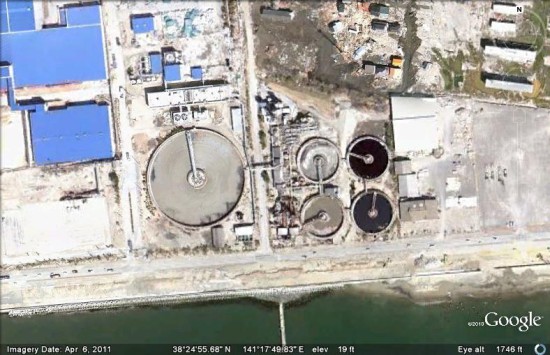Just in time for Where 2.0, Google has pushed out some fresh imagery! Thanks to GEB reader ‘Munden’ for pointing it out. I’m not able to dig into it too much right now while I’m at the conference, so the extent of it is unknown. Dig in and see what you can find.

As is usually the case, you can use Google Maps to determine for sure whether or not a specific area is fresh. This new imagery isn’t in Google Maps yet, so you can compare Earth vs. Maps to see what’s new; the fresh imagery is already in Google Earth, but the old imagery is still in Google Maps. If you compare the two side-by-side and they’re not identical, that means that you’ve found a freshly updated area in Google Earth!
[UPDATED – 19-April, 9:54pm EST]
- Germany: Various areas — thanks ‘sladys’
- Japan: Ishinomaki — thanks ‘Munden’
- United States: Arizona (Phoenix, Tucson), Kansas (Wichita), Massachusetts (Cape Cod), New Mexico (Albuquerque) and Texas (Amarillo, Austin) — thanks ‘ChrisK’, ‘ChrisZ’, ‘GT’ and ‘Jonahrf’
If you find any other updated areas, please leave a comment and let us know!